Cloudy with prolonged showers.
I have to make the best of the Angelica during the four weeks that it is open. This shot has (clockwise from top left): Eristalis sp. hoverfly, Tachinid fly, Calliphorid fly, Ichneumonid, 2 x Calliphorids. The smaller black dots are specimens of a tiny long-legged fly that I cannot photograph or identify.
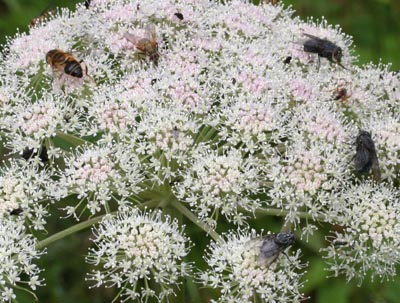
This close-up shows (again clockwise from top left) a grey Sawfly, Eristalis pertinax, Bombus (lucorum or terrestris), Eristalis interruptus, and an excellent blue Tachinid (see below). In the centre we have a Eumenid sp. wasp. The scale is very useful.
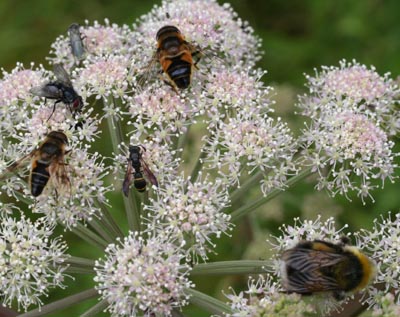
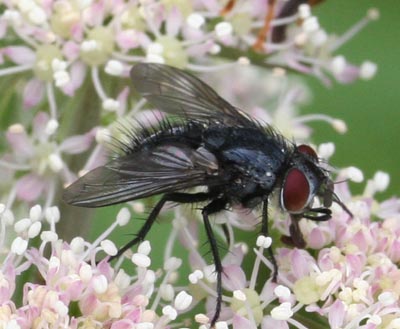
A close-up of the Tachinid, showing the very hairy abdomen (and legs, and thorax, and head). Tachinids are parasites of caterpillars, laying their eggs on the skin of their victim. The eggs hatch out and the larvae consume their host from the outside inwards.
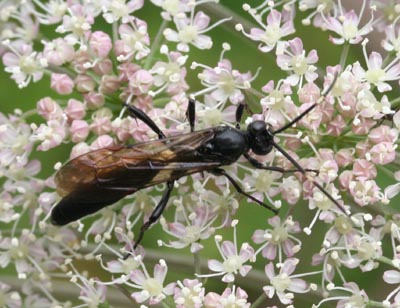
A completely black Ichneumonid with dark wings.
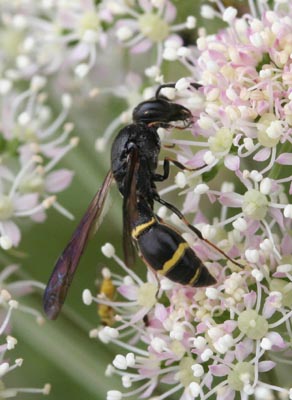
One of the Eumenidae, or Potter Wasps. These make tiny pottery-like solitary nests, from clay, on tree branches.
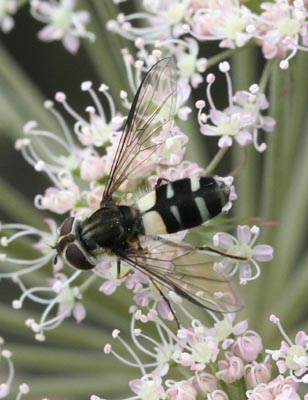
The first specimen of the hoverfly Leucozona laternaria for this year. The critical distinguishing feature is the black scutellum.
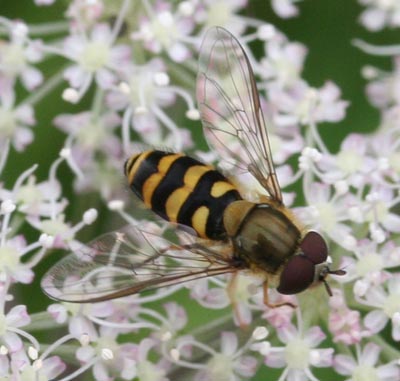
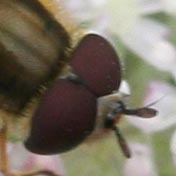
The Tenthredo sawflies rarely show their abdomens, so this is a welcome shot.
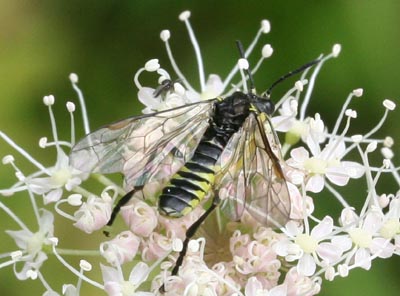
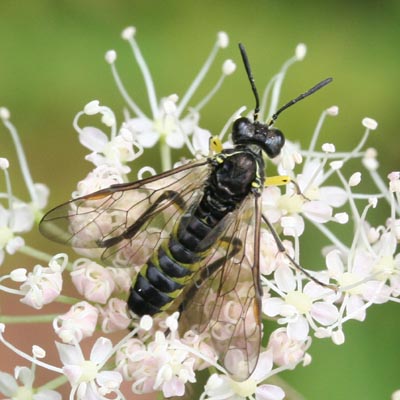
The Gall-wasp Jaapiella veronicae is very obvious in clusters of Germander Speedwell.


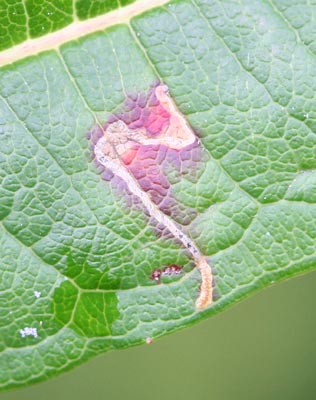
The leaf-mining moth Mompha rakschiella is very easy to spot on leaves of Rosebay Willowherb. The yellow larva can be seen making an important right turn along the edge of the leaf.